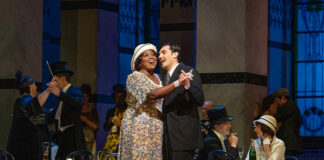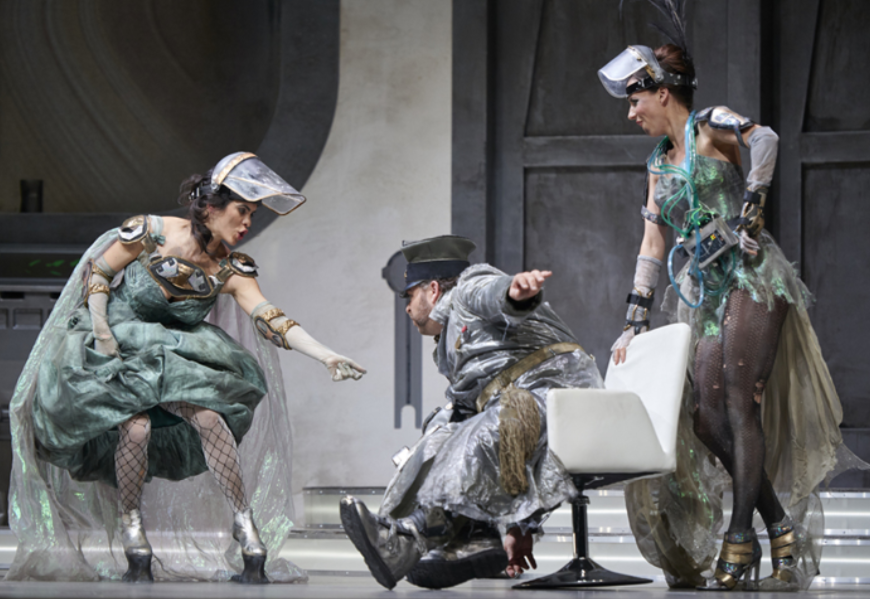
Last week, we were able to attend the performance of the 6th Symphony by Mahler at the National Auditorium in Madrid, masterfully performed by the Spanish National Orchestra and conducted by Semyon Bychkov. It is not a common occurancec that a unique symphony completes the total length of a concert, a feat possible in the case of this particular masterpiece due to its architectural complexity and the overwhelming richness of the orchestration.
“My sixth symphony hides an enigma which can be solved by the next generation, once it has assimilated my other five previous symphonies”. With these words, Mahler announced an eminently intricate writing from an intellectual point of view, iconoclastic and eclectic in terms of the concatenation of musical themes. For Alma Mahler, the Sixth Symphony was the most autobiographical one. The existential suffering, nihilism, death, natural presence… all these ingredients of his universe have a place in this abstract and intense work, whose general character and whose unexpected finale explain the well-chosen epithet of “The Tragic symphony”.
It turns out to be a difficult task to sum up in a few lines what the audience may have contemplated last week in Madrid: a memorable concert, one of those that happen very rarely in life, lead by one of the golden Maestros of our time, one who obtained a musical result with the Spanish National Orchestra comparable to the very best international orchestras.

In the first movement, which is framed in the sonata form, an inflamed battle between a heroic march and the tragic mood associated with death has place. This dichotomy was very present in Bychkov’s conducting, as he recreated moments of an electrifying energy throughout this movement.
The Scherzo and the Andante moderato were performed in the order of Kanht’s edition of 1906, before the composer decided to invert them. The Andante moderato was conducted by Bychkov with a captivating lyricism, evoking the world of Mahler’s lieder with un indescribable elegance. The plasticity of Bychkov’s body language adapted perfectly to this music, obtaining a malleable sound, without edges, reminding us of the unforgettable sonorities of the grand master Claudio Abbado.
Lastly, in the titanic fourth movement (Finale), that lasts more than 30 minutes, Bychkov demonstrated his capacity to sculpt an extremely difficult movement in terms of its structure, one which is riddled with transitions and changes of tempi and mood. Every bar had the correct length and emotion, every pulse, every note. It couldn’t have existed in a different way. Semyon Bychkov achieved the heroic deed of transmitting the feeling that this symphonic pillar conveys; it couldn’t have sounded more organic.
Some weeks ago, the 124 performers of the Berlin Philharmonic met in an emblematic “musical conclave” in order to decide who will be Simon Rattle’s successor in this orchestra. They didn’t arrive at any agreement, and the decision was delayed until next year. Let’s cross our fingers… Maestro Semyon Bychkov might be the next titular conductor of this orchestra, which was lead in the past by the historic Herbet von Karajan.
Félix Ardanaz















